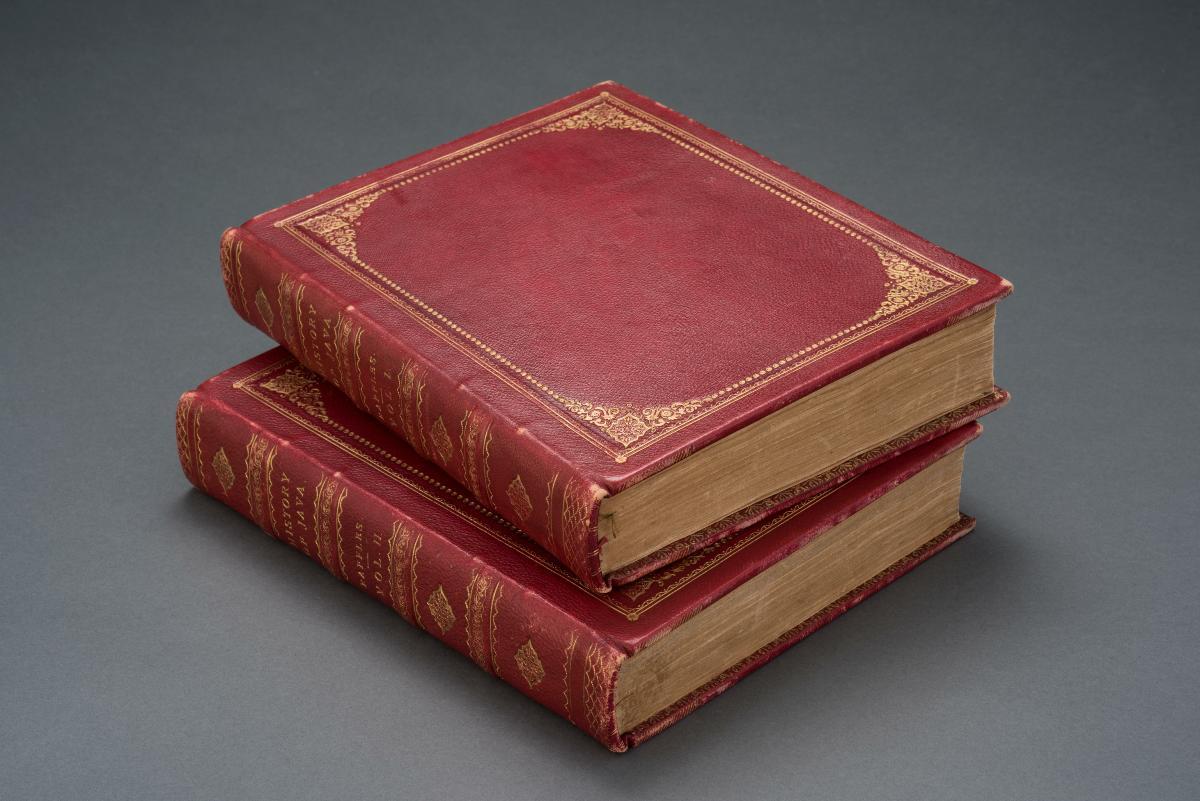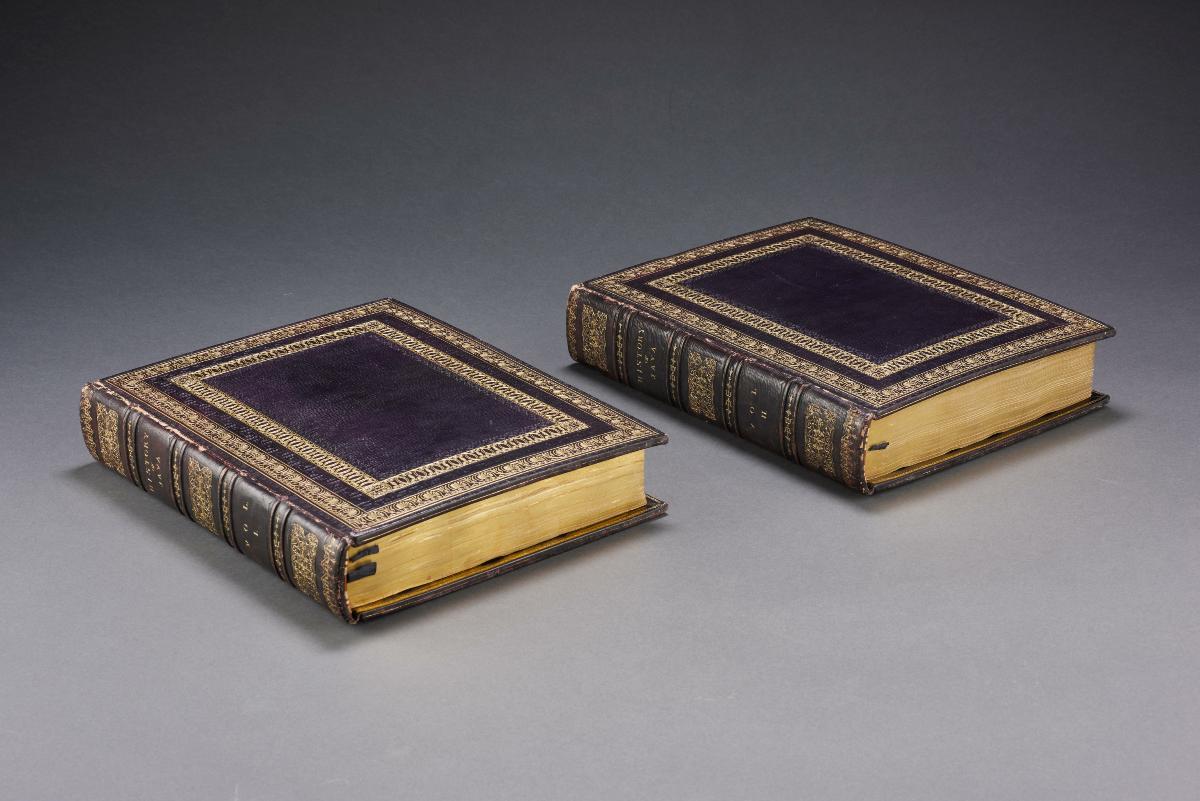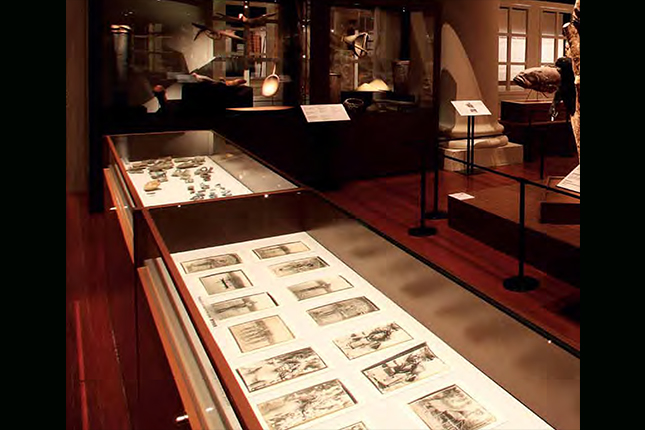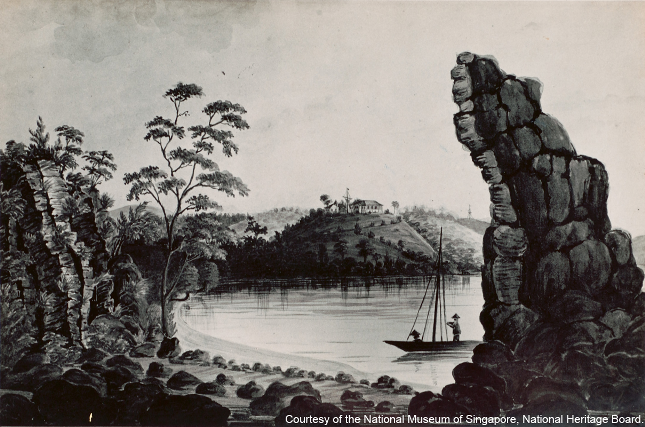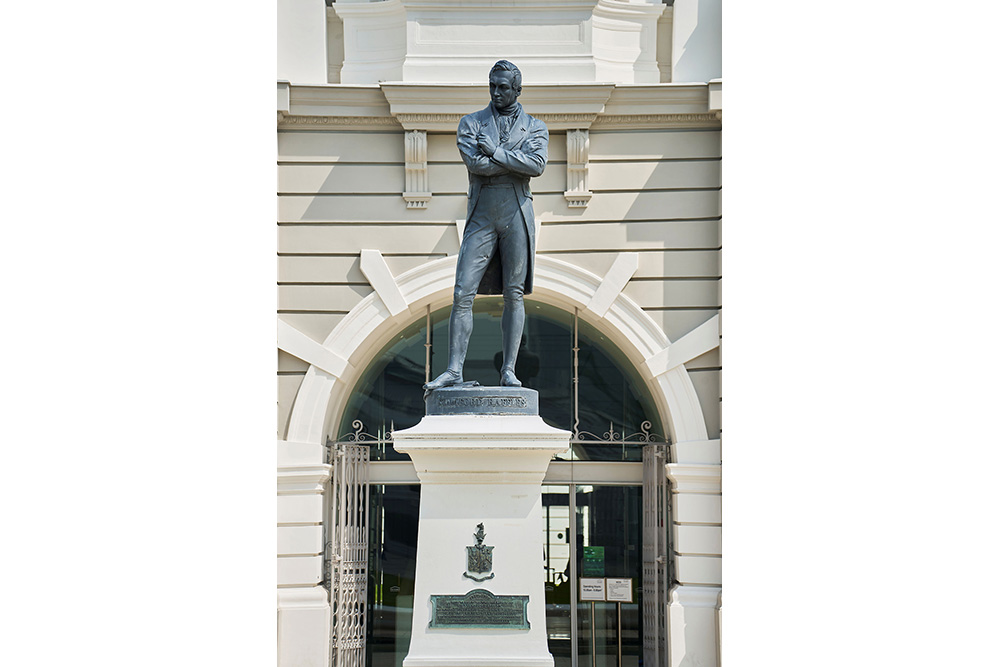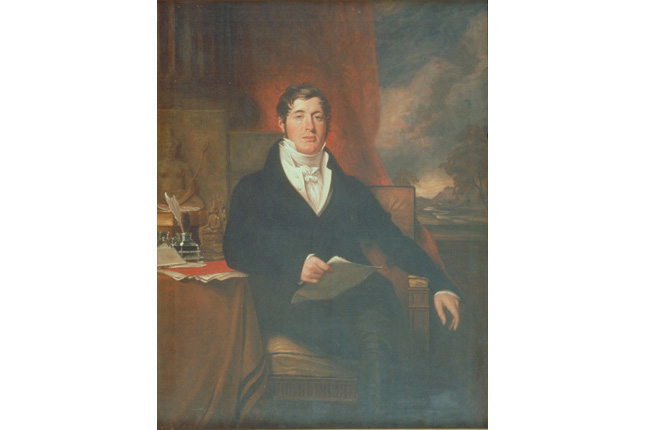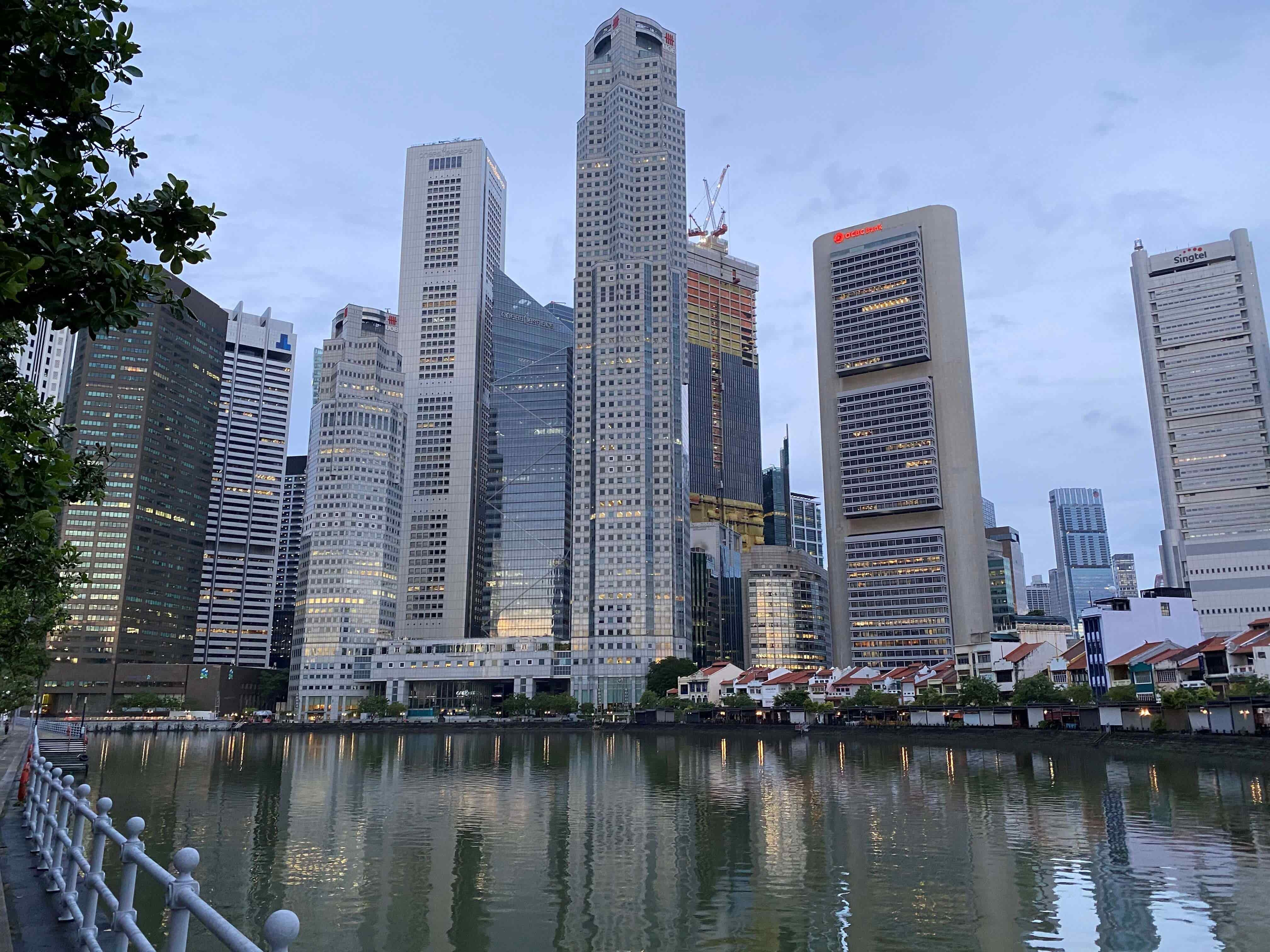The History of Java, first edition [two volumes], Thomas Stamford Raffles, London, 1817.
John Bastin Collection, National Library, Singapore.
![The History of Java, first edition [two volumes], Thomas Stamford Raffles, London, 1817](/-/media/Roots/60-objects/72-the-history-of-java.ashx?h=430&w=645)
Sir Thomas Stamford Raffles was a British civil servant and statesman best known for setting up a British trading settlement in Singapore in 1819. After the capture of Java by the British in 1811, Raffles was appointed Lieutenant-Governor of the island, a position he held until 1815. While in Java, Raffles with the help of European and Javanese scholars and informants, whom he did not always acknowledge, commissioned surveys of the island's monumental Hindu-Buddhist monuments, including Borobudur and Prambanan. He also built up a collection of Javanese cultural material such as wayang kulit puppets and gamelan instruments.
Collecting of these materials was made possible through purchases, acts of gifting and war booty, the latter as a result of the Raffles-sanctioned attack on the Yogyakarta palace in 1812.
Over several months in England, Raffles would organise all the materials he had amassed during his time in Java into a survey and history of the island state, first published in 1817 as The History of Java. That same year, in recognition for his work on Java, Raffles was conferred a Knighthood by the Prince Regent (the future King George IV of Great Britain).
This is an extract from "The Singapore Story through 60 objects" written by Kennie Ting, Director, Asian Civilisations Museum and Peranakan Museum & Group Director of Museums, National Heritage Board. This article was first published in Cultural Connections Volume IV 2019 by Culture Academy Singapore.
Learn more about Raffles in Southeast Asia in this video series





